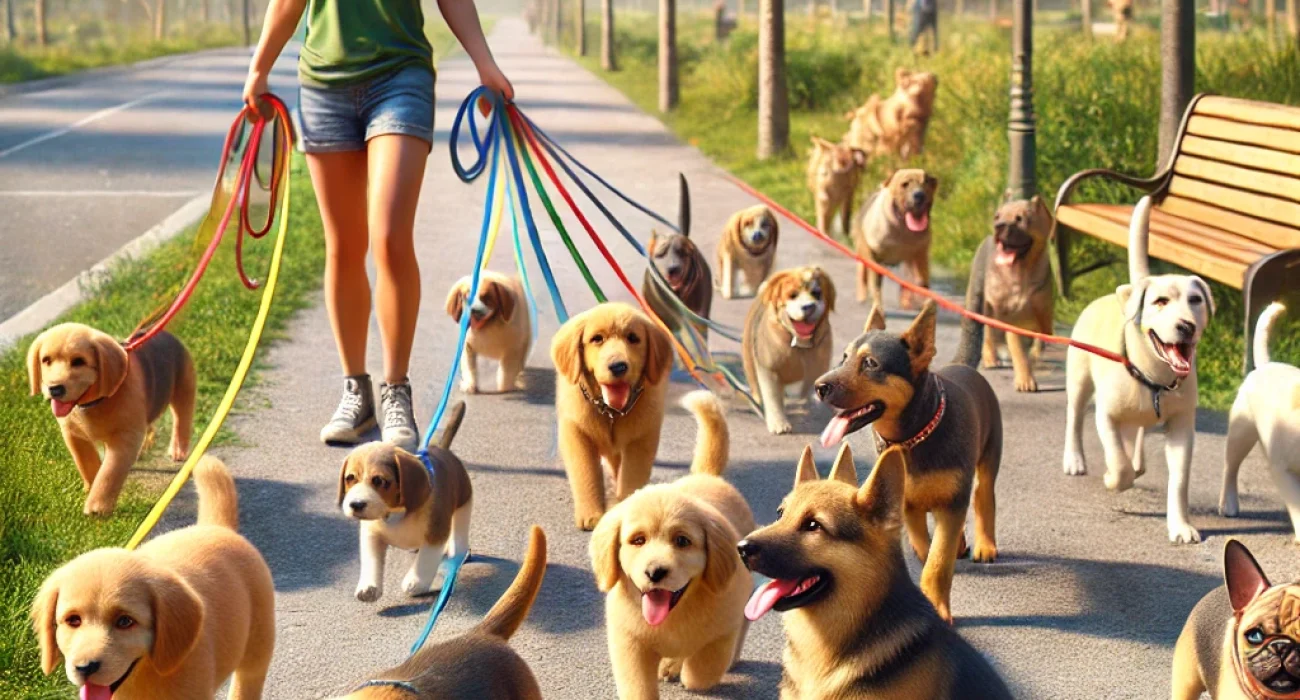Introduction
When embarking on the journey of leash training your beloved pup, the expertise of a trained professional can be invaluable. However, knowing what questions to ask can make all the difference in how effectively you can implement their advice. In a world filled with varying techniques and philosophies, it’s crucial to engage in a dialogue with your dog behaviorist to ensure your furry friend’s leash training success. Here are 15 Questions to Ask Your Dog Behaviorist about Leash Training:
1. What is your philosophy on leash training?
Every trainer has a unique approach to dog training, and understanding your trainer’s philosophy is key to achieving leash-training success. It’s essential to choose a trainer whose methods resonate with your own beliefs about positive reinforcement, respect, and communication between you and your dog. For instance, a controlled, loving approach fosters not only obedience but also trust and understanding, critical components in the dynamic shared between you and your pet during leash training sessions.
2. Can you describe your training methods?
The methodology behind leash training can greatly impact your dog’s progress and well-being. Aspects such as the importance of clear communication and consistent commands form the foundation of effective training regimes. It’s crucial that the trainer’s methods aim to strengthen the bond between you and your dog, using techniques that encourage cooperation and mutual respect rather than fear or submission.
3. How do you address leash pulling?
Leash pulling is a common challenge many owners face, and overcoming this behavior requires a combination of patience, consistency, and correct technique. Trainers like Neil from All Day Dog Adventures suggest starting in low-distraction environments and rewarding calm behavior to maintain focus. Finding out how your trainer plans to address and correct leash pulling will give you insight into their practical handling skills and patience level.
4. What are the key commands you use for leash training?
Understanding the specific commands used during leash training is crucial for continuity in your dog’s learning process. Common commands like ‘heel,’ ‘stay,’ and ‘come’ should be taught in a manner that is easy for both you and your dog to understand and follow. The clarity and consistency of these commands will significantly affect your dog’s ability to learn and adhere to proper leash etiquette.
5. How can I reinforce your training at home?
The true test of effective leash training lies in its applicability and consistency outside of formal training sessions. Inquire about homework or exercises that you can practice at home to reinforce the trainer’s instructions. It’s beneficial to be proactive about integrating these techniques into your daily walks and playtime to ensure your dog’s training is well-rounded and effective in various settings.
6. What equipment do you recommend?
The right equipment can make a significant difference in the leash training experience for both you and your dog. Trainers often recommend specific types of leashes, collars, or harnesses that enhance control and comfort. For example, a standard 5 or 6-foot leash is generally preferred over retractable versions for better management and safety during walks.
7. How do you correct inappropriate leash behavior?
Correcting inappropriate behavior while on the leash is a delicate matter that requires understanding, timing, and appropriate response. Effective trainers will use positive reinforcement and redirection tactics rather than punitive measures, guiding your dog to the desired action or behavior through encouragement and reward.
8. What is your approach to leash training puppies versus adult dogs?
The training approach for puppies may differ significantly from that of adult dogs due to their developmental stages. Puppies require a gentle introduction to the concept of leash walking, focusing on positive experiences and gradual learning. In contrast, adult dogs might need a more structured approach to unlearn any bad habits and adapt to new behaviors.
9. How do you prepare for distractions during leash walks?
Distractions are inevitable during leash walks, but a prepared dog can handle these with ease. Training techniques such as the ‘Four D’s of Dog Training’ as mentioned by Neil in a Wilderdog interview, focus on building the dog’s ability to stay focused despite distractions, utilizing distance, duration, and difficulty incrementally.
10. Can you provide examples of success stories?
Hearing about past success stories can offer reassurance and set realistic expectations for your dog’s leash training journey. Successful case studies and integrated behavioral modification showcase the trainer’s ability to adapt techniques and strategies to meet the unique needs of each dog, leading to meaningful and lasting changes in behavior.
11. What are common mistakes owners make during leash training?
Even with the best intentions, owners can unknowingly hinder their dog’s progress in leash training. Understanding the common pitfalls can prepare you to avoid them. For instance, inconsistencies in commands or giving mixed signals can confuse your dog. Your trainer should provide guidance on how to maintain a consistent and clear approach to commands and rewards.
12. How do you involve the owner in the training process?
Leash training extends beyond the trainer-dog relationship, requiring active owner involvement. The training process should include educating the owner on the techniques and principles being taught, ensuring they can confidently continue the dog’s training and reinforce desirable behaviors outside of training sessions.
13. What are your qualifications and experience?
A trainer’s qualifications and experience can vastly influence their approach to training and the outcomes they can achieve. Investigate their background, including any certifications or specialties, to ensure they have the expertise required to address your dog’s needs effectively. It’s also worth exploring their experience with dogs similar to yours in terms of breed, temperament, and previous training.
14. How do you handle dogs with a history of aggression?
Addressing leash aggression requires specialized knowledge and a tailored approach. It involves building trust, confidence, and socialization skills in a controlled manner. The trainer should have proven strategies for reducing aggressive behaviors, ensuring safety and progress for not just the aggressive dog but also others in public spaces.
15. What follow-up support do you offer after the training?
Ongoing support is crucial for maintaining and building upon the progress made during the leash training sessions. Many trainers provide follow-up support such as lifetime training support to address any future challenges that may arise, helping ensure that you and your dog continue to thrive in your training journey.




